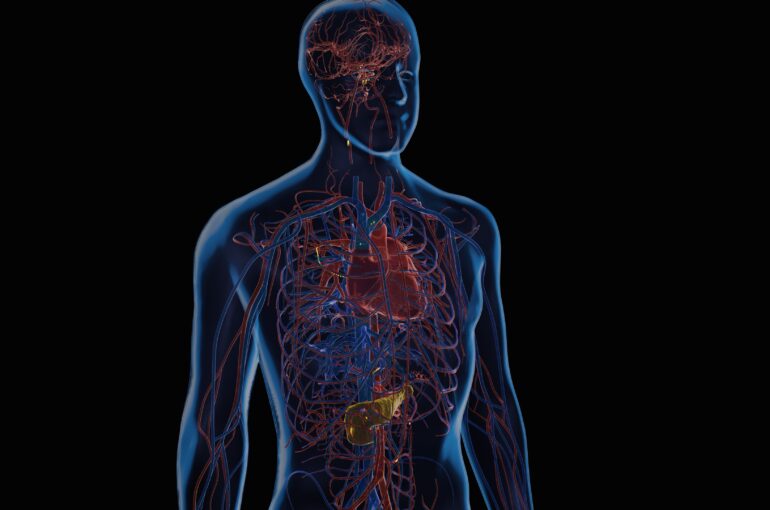How circulating tumor cells spread through the body: a humanoid digital model

Cancer deaths are mainly due to metastasis, occurring when cancer cells detach from the primary tumor and colonize distant organs. But which organs are most likely to be colonized? And why? According to a time honored biological hypothesis, the answer depends on the compatibility between the cancer cells (“the seed”) and the target organ microenvironment (“the soil”). Yet, to be able to colonize an organ, cancer cells should first reach it through the circulatory (and/or lymphatic) system. Hence, fluid dynamics should also account for the observed metastatic distributions. A precise quantification of the weight of physical and biological contributions to metastatic patterns is still missing.
To solve this longstanding issue, Francesc Font-Clos, Stefano Zapperi & Caterina AM la Porta from the Center for Complexity and Biosystems of the University of Milan constructed a high resolution humanoid computational model of the circulatory system allowing for a virtual 3D simulation of circulating tumor cells as they migrate from a primary tumor and colonize distant organs. Combining simulations with the analysis of thousands of autopsies, they disentangle the contributions of flow effects from those of “seed and soil” compatibility in explaining the spatial distribution of cancer metastasis. “It has been a real challenge to reconstruct the humanoid model from a complete 3D scan of a human body“ said Francesc Font-Clos, “but with this model we can finally provide quantitative estimates of the relevance of each of the two effects” added Stefano Zapperi. “Our results highlight the importance of physical forces in understanding cancer metastasis”, concludes Caterina la Porta, “and open interesting application even beyond cancer”.
The paper is published in iScience.


